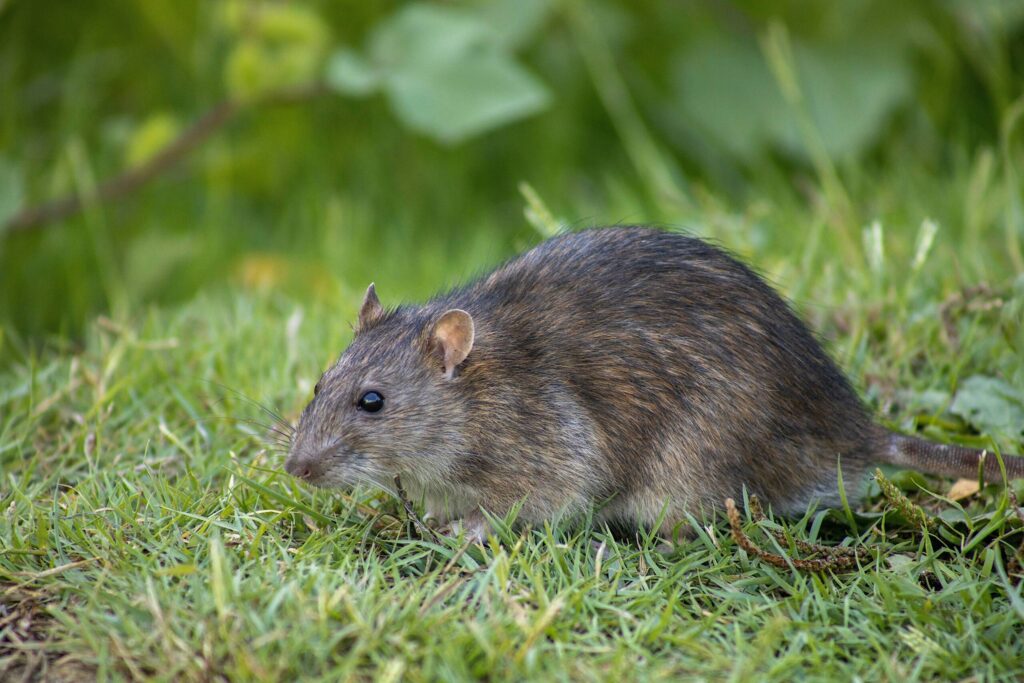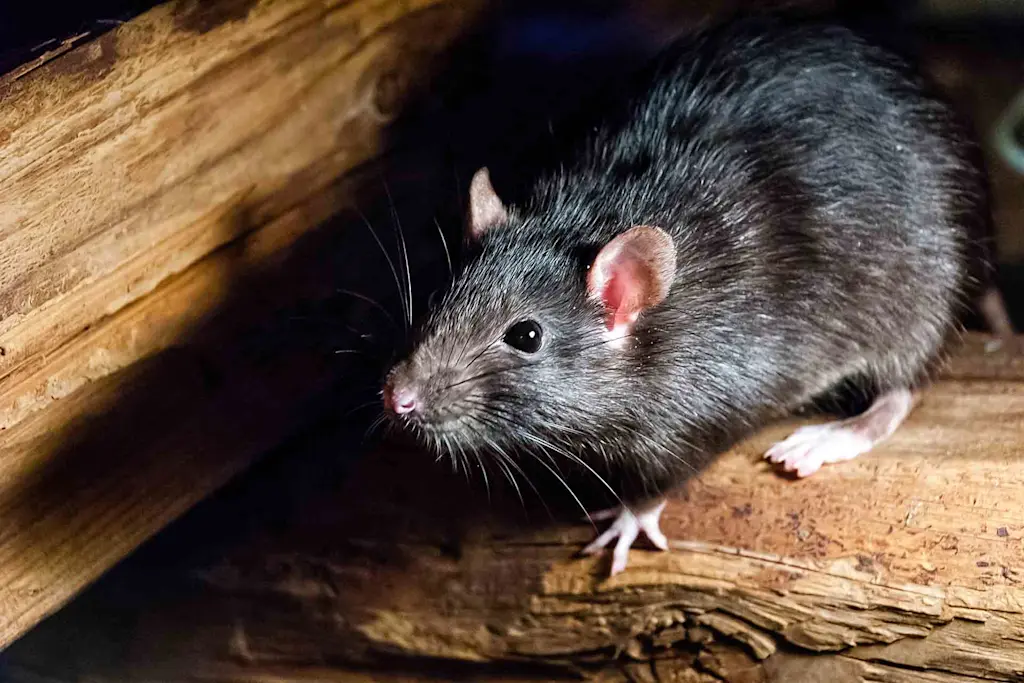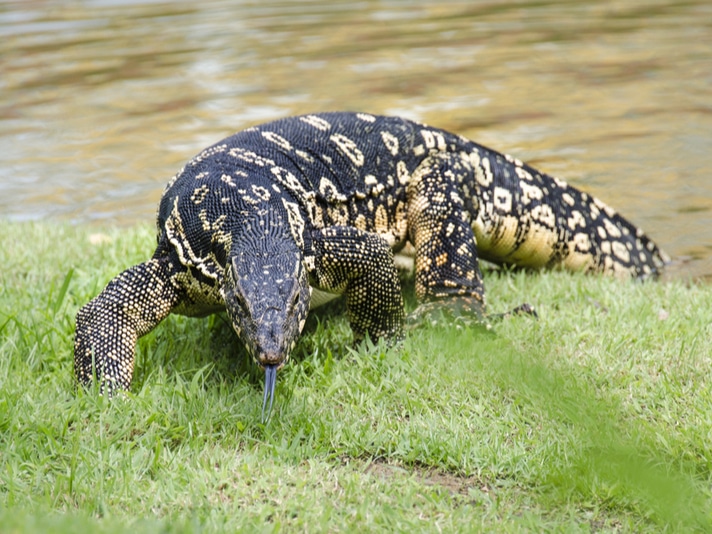Introduction: Why Giant Rats Fascinate Us
The term “giant rat” immediately triggers fear, curiosity, and fascination. For centuries, stories of monstrous rodents in dark sewers or ancient ruins have fueled legends and horror tales. At the same time, scientists have discovered real rat species that grow to astonishing sizes—sometimes larger than a house cat. But what’s the truth? Are giant rats dangerous predators, helpful allies, or merely misunderstood creatures?
Defining a Giant Rat
A giant rat is not a single species but a category of rodents significantly larger than the common brown rat (Rattus norvegicus). Ordinary brown rats average 9–11 inches long (body length) and weigh under a pound. Giant rats, however, can exceed three feet in total length (including tail) and weigh several pounds, making them appear monstrous compared to city rats.
Top Real Giant Rat Species in the World
Let’s dive into the most extraordinary species that qualify as “giant rats.”
1. Gambian Pouched Rat
- Scientific Name: Cricetomys gambianus
- Length: Up to 3 feet (with tail)
- Weight: Around 1.3–1.5 kg
- Habitat: Sub-Saharan Africa
- Unique Trait: Cheek pouches for carrying food
- Special Use: Trained for landmine detection and tuberculosis diagnosis
Organizations such as APOPO have turned these rodents into hero rats, saving thousands of lives in post-war countries.
For More Details: Pets Vibe Pro
2. Bosavi Woolly Rat
- Discovered: 2009 in Papua New Guinea’s Bosavi crater
- Size: Around 32 inches and weighs over 3 pounds
- Habitat: Isolated volcanic rainforest
- Known for its docile nature, this rat may have evolved without predators, allowing it to grow large.

3. Sumatran and Flores Giant Rats
- Native to Indonesia
- The Flores giant rat coexisted with the hobbit-like humans (Homo floresiensis)
- These species demonstrate island gigantism, a phenomenon where animals grow larger on isolated islands.
4. Other Notable Species
- Mallomys rats: Found in Papua New Guinea; adapted to high altitudes.
- True giant fossil rodents: The extinct Josephoartigasia monesi weighed up to 1 ton, making it the largest rodent ever known.
The Science Behind Giant Rats
Why do some rats grow to enormous sizes while others remain small?
Evolutionary Drivers
- Island Gigantism: With no predators, rodents evolve to larger sizes.
- Resource Abundance: Plenty of food supports bigger body mass.
- Adaptation: Large size can deter predators and help in resource competition.
Anatomical Differences
- Stronger jaws to crack nuts and seeds
- Longer tails for balance and climbing
- Thicker fur in species like the Bosavi woolly rat
Historical Myths and Folklore
Giant rats are not a modern invention—they appear in stories dating back centuries.
- Medieval Europe: Rats were associated with the Black Death, amplifying fears.
- Victorian Horror: Tales of sewer rats growing to monstrous proportions became popular in the 1800s.
- Urban Legends Today: Cities like New York and London still spark rumors of rats “the size of cats.”
While these legends exaggerate reality, they reflect genuine human anxieties about disease, filth, and uncontrollable nature.
Giant Rats in Modern Pop Culture
From literature to gaming, giant rats remain iconic.
Books and Stories
- Sherlock Holmes famously referenced “The Giant Rat of Sumatra” in an untold case.
Movies
- The Princess Bride: Introduced the Rodents of Unusual Size (ROUS) as deadly dungeon creatures.
- Horror films often feature mutated rats as symbols of decay and terror.
Video Games
- Dungeons & Dragons: Giant rats appear as common enemies in low-level campaigns.
- Dark Souls, Resident Evil, and survival horror games frequently use them to create tension.
Why Do Giant Rats Scare Us?
Psychologists point to several reasons:
- Disease Symbolism: Rats were vectors for plague.
- Unpredictability: Rats survive in almost any condition, making them seem unstoppable.
- Size Amplification: Scaling up a pest creates an instinctive fear response.
Are Giant Rats Dangerous?
Threat Level
- Most giant rats are not aggressive toward humans.
- However, they can bite if threatened and may spread diseases like leptospirosis and salmonella.
- In some regions, they damage crops and food stores, causing economic loss.
Positive Contributions of Giant Rats
Not all stories about giant rats are negative.
- Humanitarian Role: Gambian rats save lives by detecting landmines and TB.
- Ecological Role: They disperse seeds, aiding in forest growth.
- Scientific Research: Used in behavioral and medical studies.
Keeping Giant Rats as Pets
- Some enthusiasts keep Gambian rats as exotic pets.
- Challenges:
- Require large enclosures and mental stimulation
- Can live up to 8 years
- Legal Issues: They are banned in the U.S. due to ecological risks after an outbreak of monkeypox linked to imported rats.
Fossil Giants: The Biggest Rats in History
The largest rodent ever recorded was Josephoartigasia monies, an extinct species from South America that lived 3 million years ago and weighed up to 1 ton. This prehistoric creature looked more like a capybara on steroids than a modern rat.
Fun Facts About Giant Rats
- Some species can chew through concrete and metal.
- They have exceptional sense of smell, making them ideal for detection work.
- Giant rats in New York City are often misidentified muskrats or Nutria, which are different species.
FAQs About Giant Rats
Q: Are giant sewer rats real?
Not as big as legends claim. Urban rats can grow large, but “dog-sized” sewer rats are myths.
Q: Which is the biggest living rat?
The Bosavi woolly rat, discovered in Papua New Guinea, is the largest currently known.
Q: Can giant rats be pets?
Yes, in some countries, but they need specialized care and are banned in places like the U.S.
Q: Why are giant rats associated with horror?
Because of their link to disease, decay, and unpredictable behavior.
Q: Do giant rats live in packs?
Yes, like regular rats, they are social animals that form colonies.



